Research traces development of anthrax resistance in humans
There are two key moments in the history of humanity and its resistance against anthrax. One was when humans adopted a more ruminant-based diet; another, when agricultural practices became entrenched. Now, a veterinary research group has studied how human resistance to this zoonotic disease has evolved over time.
For millennia, humans and anthrax have co-evolved. According to a study published in Nature Communications, this coexistence resulted in humans, particularly those of European descent, developing fewer anthrax receptors that allow the disease to develop.
"We found evidence of multiple stages of adaptation in humans, which is one of the most important aspects of our discovery," explains Charles Danko, a researcher at the Baker Institute for Animal Health at Cornell University and an author of the paper.
The main host of anthrax bacteria are ruminants, such as cattle and sheep. Grazing animals inhale the spores of the bacteria and become infected, and die from the toxins produced by the bacteria. The decomposing carcasses return the bacteria to the soil and vegetation, repeating the cycle.
However, it was not entirely clear how humans became implicated in the host-pathogen chain until Danko's team began to look at genetic patterns.
Genomic sequence analysis
Lauren Choate, currently a genomics fellow at the Mayo Clinic who collaborated with Danko's team, explored the genomic sequences of various species by examining existing human population databases and conducting experiments with human and non-human primate samples.
The observations found that gene expression of the anthrax toxin receptor 2 (ANTXR2), which allows the toxin access to host cells, was abundant throughout the family tree of mammals, including primates. However, this did not happen when it came to humans.
"The ANTXR2 gene is quite restricted in its expression level during 100 million years of evolution," says Danko. "But in humans we see that big decrease, and that's what we found so interesting."
It would be an evolutionary process: at the dawn of the appearance of humans in sub-Saharan Africa, hunter-gatherer cultures began to eat more ruminant meat and encountered anthrax more regularly than their primate ancestors. The disease would have wiped out many of these early humans, while those with a natural genetic resistance to anthrax, meaning fewer anthrax receptors, survived.
Different populations around the world
The research team also looked at the gene expressions of different human populations, including those of European, Chinese, Japanese, and Yoruba (a sub-Saharan African ethnic group) descent.
They found that while all showed a reduction in anthrax receptor expression compared to most mammals, the European group had an even greater reduction, and this means a lower risk of anthrax bacteria taking hold. This is consistent with observations that Europeans appear to be less sensitive to anthrax toxins than Africans or Asians.
"Our discovery shows that there is genetic evidence that Europeans have been living with anthrax for a longer period of time," says Danko, which would have allowed that population to develop natural immunity against the disease due to natural selection.
This is consistent with the path of human migration and agricultural practices. For example, England was long plagued by "wool sorter disease", caused by the inhalation of anthrax spores from infected wool by working-class wool sorters in the 19th century.
With this research, Danko's team has opened a door to how the molecular evolution of gene expression can lead to differences in disease resistance in the real world. The next steps in the investigation could go in several directions. "It would be interesting to see the impact of the spread of anthrax on other human populations that have historically been more isolated, and if that mimics the evolution we found in our study," says Choate.
Other avenues of investigation may involve finding the exact DNA sequences underlying expressed genes or looking for other host-pathogen co-evolutions.


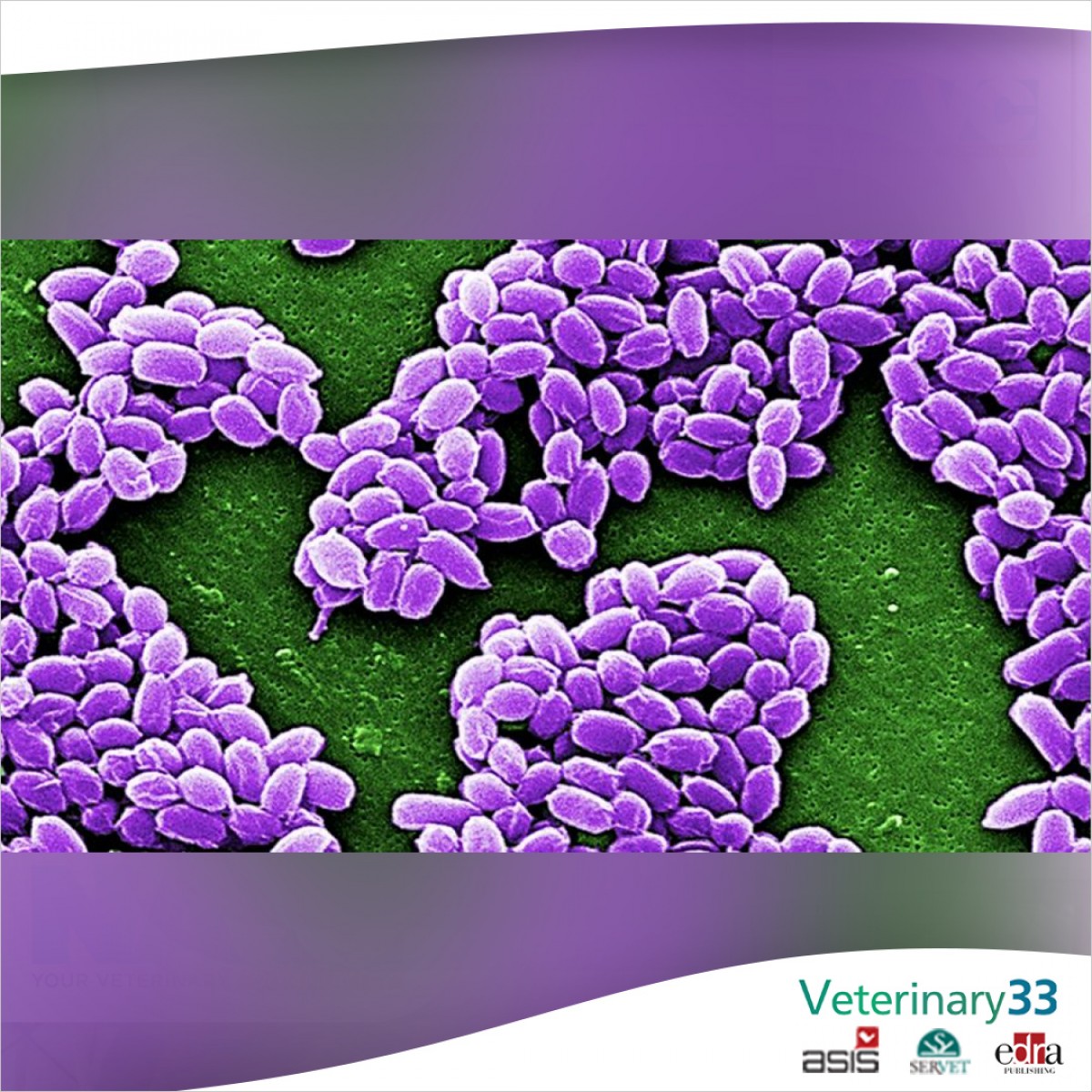

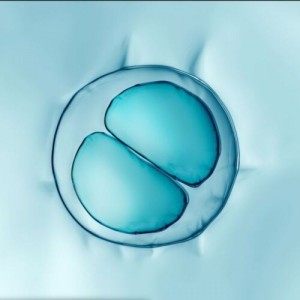
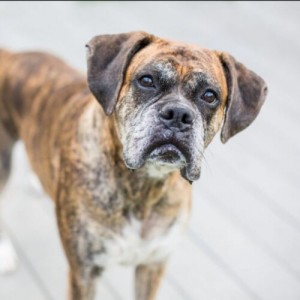
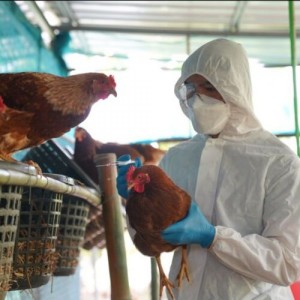
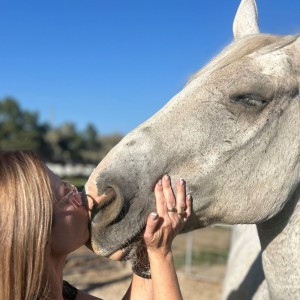
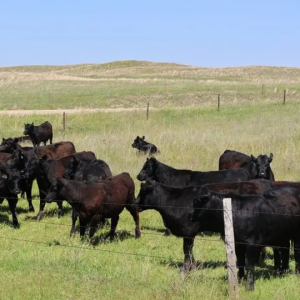

List
Add
Please enter a comment